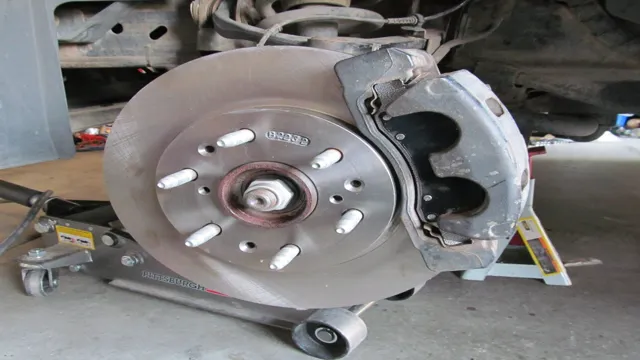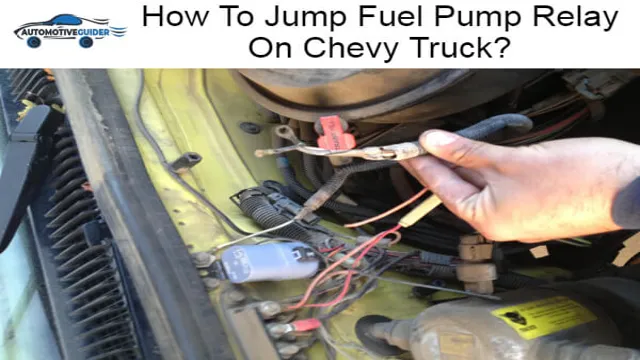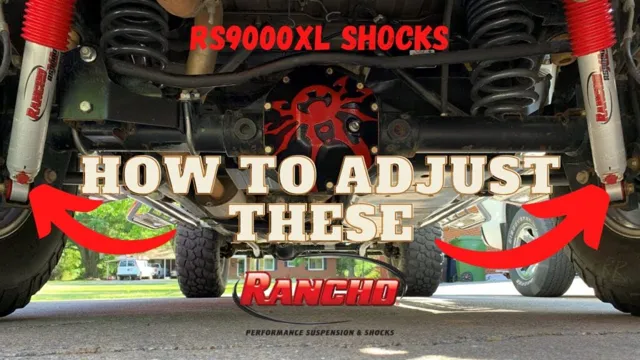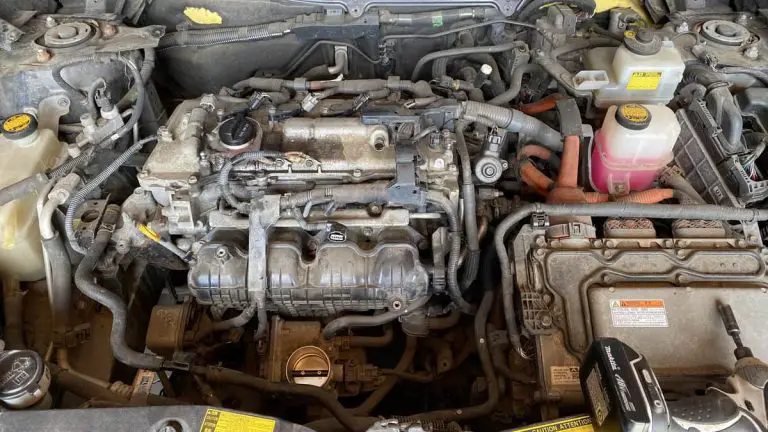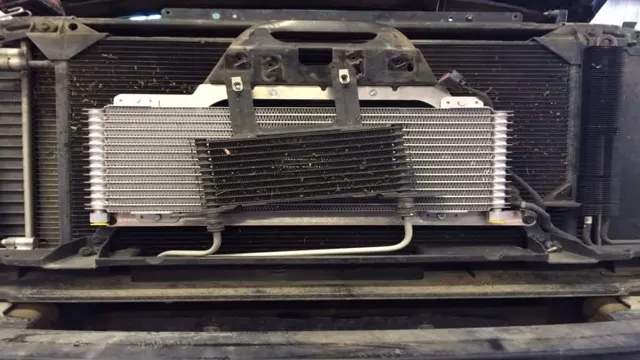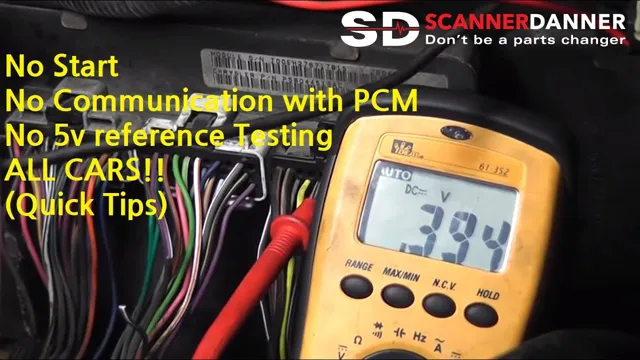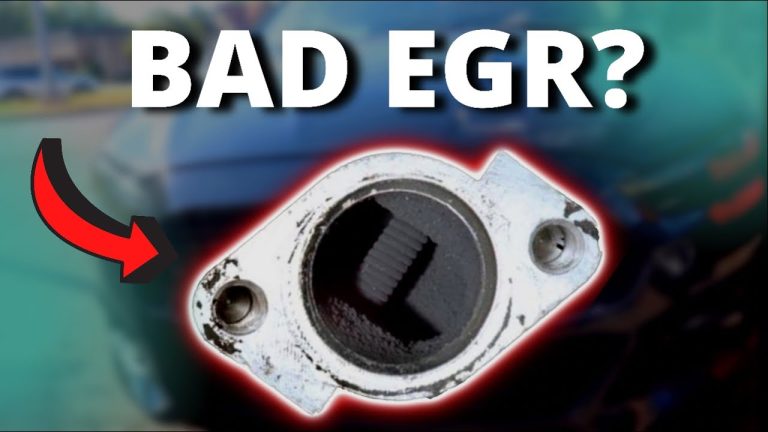Steer Clear: A Simple Guide to Fixing the Play in Your Steering Wheel
Have you ever noticed your steering wheel feeling loose or having play when you turn it? This can be a concerning issue that can affect your ability to control your vehicle. Thankfully, there are a few things you can do to fix steering wheel play and get back to driving with confidence. One common cause of steering wheel play is a worn steering gear box.
Over time, the gears inside the box can become worn and not engage properly, causing the play in the steering wheel. Another potential culprit is a loose or worn tie rod end, which connects the steering gear to the wheel. A bad ball joint can also cause play in the steering.
While these issues may sound intimidating, fixing them can often be done at home with the right tools. You may want to consider purchasing a steering wheel puller, which can help you remove the steering wheel and access the components that may need to be replaced. Alternatively, taking your vehicle to a trusted mechanic can ensure that the issue is diagnosed correctly and repaired safely.
Don’t let steering wheel play get in the way of enjoying your time on the road. By identifying the cause and taking appropriate action, you can get back to driving with confidence and peace of mind. So the next time you feel your steering wheel wobbling, take action and get your car back in top shape.
Understand the Cause
If you’re experiencing play in your steering wheel, the first step is to understand the cause. One possible reason for play in the steering wheel is loose or worn out bearings, which can allow unwanted movement in the steering column. Another possible culprit is a worn-out steering rack or tie rod ends.
Finally, a loose steering box can also be to blame. In any case, you will need to inspect your steering system to determine the exact cause of the play in your steering wheel. Once you understand the cause, you can take appropriate steps to fix the problem, whether that involves tightening loose components or replacing worn-out parts.
Don’t ignore play in your steering wheel, as it can impact your ability to control your vehicle and put your safety at risk.
Identify Loose Components
Identifying loose components in your equipment can be a frustrating experience when it leads to unexpected downtime. Understanding why components come loose can help prevent this from happening in the future. One of the most common causes of loose components is vibration.
If one part is vibrating more than it should be, it can cause other parts to come loose over time. This can be caused by a variety of factors, such as poor installation or damage to a part. Another cause of loose components is wear and tear.
As parts age and go through regular use, they can become worn down and no longer fit as tightly as they used to. By identifying these causes, you can take steps to prevent loose components in the future and minimize downtime. Regular maintenance and inspections can help catch loose components before they become a bigger issue.
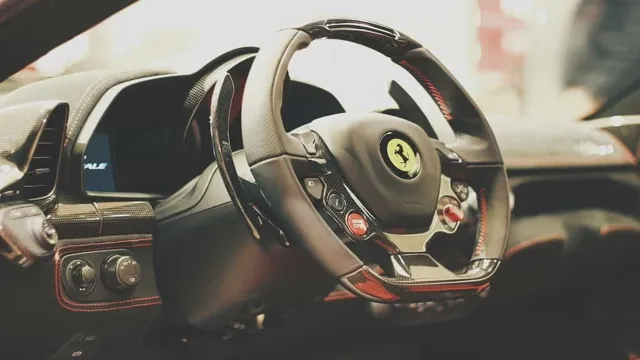
Check Tie Rod Ends
If your car’s steering feels loose or unstable, it could be due to worn tie rod ends, which are a crucial part of the steering system. Tie rod ends connect the steering rack to the steering knuckle, allowing for controlled turning and maneuvering. However, over time, tie rod ends can become damaged from wear and tear, leading to excessive play in the steering wheel and compromised safety.
Common causes of worn tie rod ends include exposure to harsh weather conditions and potholes, as well as normal wear and tear from regular usage. Checking the tie rod ends regularly and replacing them when necessary can help ensure your vehicle’s steering system remains safe and stable. Don’t ignore the signs of worn tie rod ends – get them replaced as soon as possible to prevent further damage and potential accidents on the road.
Tightening the Steering Wheel
Have you ever experienced the frustration of having play in your steering wheel? The good news is that it’s usually an easy fix. Start by checking the tension on the steering wheel’s locking nut. You may need to adjust it slightly to tighten the wheel.
If that doesn’t do the trick, you may need to check the ball joints and tie rods to make sure there isn’t any excessive play there. These parts can wear out over time and need to be replaced. If you’re not comfortable doing the work yourself, it’s always best to leave it to the professionals.
But with a little bit of effort, you can quickly get rid of that annoying play in your steering wheel.
Adjust the Steering Box
If you’re feeling like your steering wheel is a bit loose or unresponsive, it might be time to adjust the steering box. Don’t worry, this isn’t a difficult task and can be done with just a few simple tools. First, locate the steering box which is typically found near the frame of the vehicle.
Use a wrench to loosen the bolt that’s holding the adjusting screw in place. Next, tighten the adjusting screw a quarter-turn at a time and test the steering wheel as you go until you reach your desired level of responsiveness. Once you’re satisfied with the tightness of the steering wheel, tighten the bolt back up and you’re good to go.
It’s important to note that over-tightening the steering box can result in difficulty turning the wheel, so make sure to test it out before hitting the road. By following these simple steps, you’ll be able to easily adjust the steering box and get back to enjoying your drive in no time!
Replace the Steering Shaft
If you find yourself struggling to maintain control of your steering wheel, it might be time to investigate the condition of your steering shaft. Over time, a loose or faulty steering shaft can cause excessive play in the steering wheel, making it difficult to maintain a straight course on the road. To address this issue, you may need to replace the steering shaft altogether.
The process can be a bit challenging, but with the right tools and a little bit of patience, it’s entirely possible to get the job done. One critical step to keep in mind is ensuring that you tighten the steering wheel properly to the new steering shaft. A loosely tightened steering wheel can put you in grave danger and is an accident waiting to happen.
Therefore, take the time to ensure you follow all the proper steps, and double-check to make sure everything is tightened securely. By doing so, you will ensure that your new steering shaft is properly installed, and your vehicle will be safe to drive once again.
Tighten the Steering Column
If you notice that your steering wheel is wobbling or vibrating while driving, it might be time to tighten the steering column. Your steering column is the part of your vehicle that connects the steering wheel to the steering gearbox or rack-and-pinion. Over time, the bearings in the column can wear down, causing the steering wheel to become loose and allowing too much play in your steering.
Tightening the steering column involves adjusting the bearings to reduce wobbling and vibration. Before you tighten the steering column, it’s important to make sure that all other parts of your steering system, such as your tie rods and ball joints, are in good condition. Otherwise, you could make the problem worse.
If you’re not confident in your ability to tighten the steering column yourself, it’s best to have a professional mechanic take a look. That way, you can ensure that your steering is safe and secure on the road.
Seek Professional Help
If you’re experiencing play in your steering wheel, the first step is to seek professional help. This could be a mechanic or auto technician who can diagnose the issue and provide a solution. While it may be tempting to try to fix the problem yourself, it’s important to remember that steering is a critical aspect of your vehicle’s performance and safety.
A trained professional has the knowledge, skills, and tools to properly diagnose and fix the issue. Additionally, attempting to fix the problem yourself could potentially lead to further damage or safety hazards. So, if you want to get rid of the play in your steering wheel, leave it to the professionals.
Consult a Mechanic
If you’re experiencing issues with your car and aren’t sure what’s wrong, it’s crucial to seek professional help from a mechanic. At times, it can be tempting to try and fix the problem yourself, but this can often lead to further damage and costly repairs. A trained mechanic has the experience, tools, and knowledge to diagnose and fix the issue correctly, saving you time and money in the long run.
Consulting a mechanic can also provide peace of mind, knowing that your car is in good hands and will be running safely and efficiently. So next time you’re faced with car trouble, don’t hesitate to seek the expertise of a professional mechanic. Your car—and wallet—will thank you!
Get a Wheel Alignment
If you’re experiencing issues with your vehicle’s handling or notice your tires wearing out unevenly, it may be time to get a wheel alignment. Seeking professional help from a qualified mechanic or automotive technician is essential to ensure that your wheels are precisely aligned to the manufacturer’s specifications. Improper alignment can lead to a range of problems, including decreased fuel efficiency, irregular tire wear, and even potential safety hazards.
A professional wheel alignment service involves measuring and adjusting the angles of your wheels to optimize their contact with the road. This process can significantly improve your vehicle’s performance and extend the lifespan of your tires. So, don’t ignore the signs of misaligned wheels and seek professional help to get your vehicle back on track.
Trust me, it’s worth it in the long run.
Preventing Future Play in Steering Wheel
If you’re experiencing play in your steering wheel, don’t worry- this is a common issue that can be fixed with a few easy steps. The first thing to do is to check the bushings, which are rubber pieces that connect different parts of the suspension and steering system. If they’re worn or damaged, replacing them will eliminate the play in your steering wheel.
Another possible cause of play is a loose steering column. Tightening the bolts that connect it to the dashboard can help stabilize it. Finally, sometimes the problem is in the steering gearbox, which can be adjusted to remove the slack in the system.
By following these tips and taking your vehicle in for regular maintenance, you can prevent future play in your steering wheel and ensure a smooth, safe drive.
Conclusion
If you want to avoid feeling like you’re riding a mechanical bull every time you hit a bump in the road, getting rid of play in your steering wheel is essential. By taking the time to check your steering system, tighten any loose components, and make any necessary adjustments, you can steer your vehicle like a pro and avoid feeling like a rodeo clown. So don’t let play in your steering wheel ruin your driving experience – get to work, tighten up, and enjoy the ride.
“
FAQs
What causes play in the steering wheel?
There can be several reasons for play in the steering wheel. Some common causes include worn out ball joints, tie rods, or steering rack, loose steering linkage, and damaged steering gearbox.
How can I diagnose the cause of play in my vehicle’s steering wheel?
You can start by checking the power steering fluid level, inspecting all the steering components, and measuring the amount of free play in the steering wheel. If you’re not familiar with diagnosing steering issues, it’s best to take your vehicle to a professional mechanic.
Can play in the steering wheel lead to other problems?
Yes, if left unchecked, play in the steering wheel can cause excessive tire wear and negatively affect your vehicle’s overall handling and performance. Moreover, a loose steering system can also compromise your ability to control the vehicle, leading to serious safety risks.
What can I do to fix play in the steering wheel?
It depends on the underlying cause of the problem. If it’s a minor issue, such as loose bolts or worn-out bushings, tightening or replacing the affected parts may solve the issue. However, if the problem is more severe, such as a damaged steering rack or gearbox, you may need to replace the entire component or system. In any case, it’s best to consult a professional mechanic to diagnose and fix the problem.

